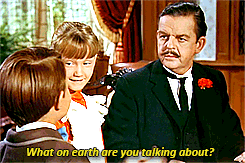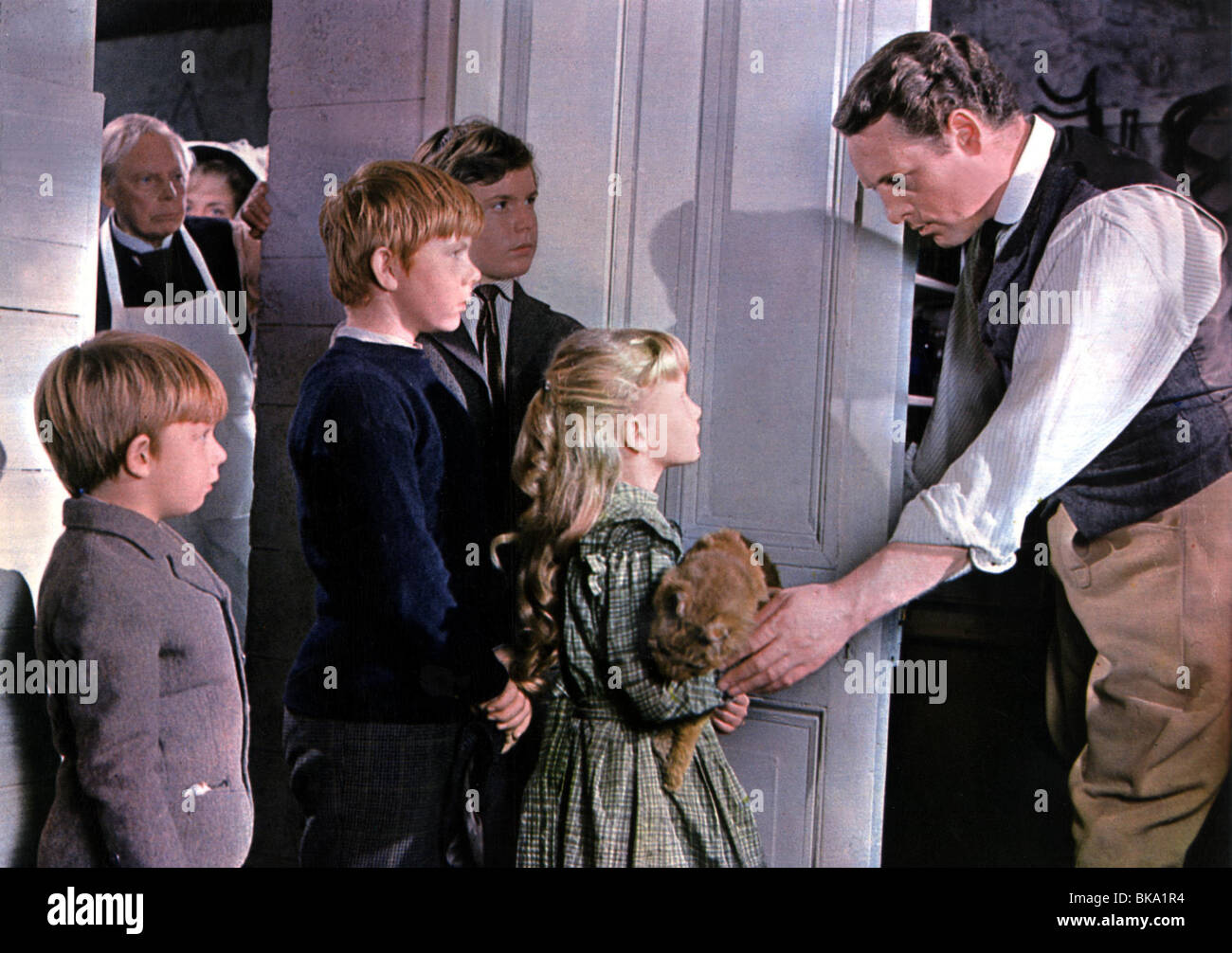 |
| Let the generations and cultures clash |
The story begins in 1960's Calcutta as engineering student Ashoke (Irfan Khan) boards a train to visit his uncle. Before the train can reach its destination, however, an accident occurs that ultimately results in the deaths of the majority of the passengers. Although he survives, this near-death experience leaves him profoundly change as he becomes inspired to live life to the fullest and pursue an engineering career in the United States. While he makes a relatively smooth transition to his adopted country his new wife, Ashmina (Tabu), experiences culture shock and longs to return to India. The couple eventually work together to build a happy marriage in their new home, but later clash with their Americanized children, especially their son Gogol (Kal Penn). The film then shifts its focus to Gogol as he struggles to find his cultural identity as a second generation American. Through its nuanced portrayal of two generations of Bengali-Americans the film weaves a tapestry like tale that encompasses the sacrifices and successes of the American immigrant experience and serves as an ode to immigrants past and present.
Much like The Joy Luck Club before it, The Namesake showcases the unique struggles and victories of both first and second generation Americans. Through its portrayal of Ashoke and Ashmina's very different initial experiences in the United States the film expertly captures the hope and heartache that people encounter as they leave one country behind to begin anew in another. the film also relates the very different reactions that people may have to their new homelands as Ashoke embraces all things American while Ashmina continues to yearn for the culture and family that she left behind. Through its eventual focus upon Gogol, the film similarly explores the difficulties that second generation Americans face in reconciling the culture and traditions of their family with that of the only country that they have ever known. Initially, Gogol sees himself as strictly American and feels no connection to his parents' culture, which he dismisses as having no relevance to his own life. When he finally returns to India to visit his mother's family, neither he nor his equally Americanized sister can relate to the drastically different lives that their relatives are leading. Even after returning from his trip, his interest in his heritage remains limited at best as he returns his attention to the Westernized lifestyles of his friends and girlfriend. When Ashoke dies of a sudden heart attack, however, Gogol's life undergoes a crucial shift as he immerses himself in Bengali culture in an effort to connect with the father and culture that he never fully understood or appreciated. Ultimately, it is only when he is able to strike a balance between his Bengali roots and his American home that he finally finds the fulfillment and identity that he was always seeking. The film successful relates a tale that is at once personal and universal as it portrays each of the characters as nuanced individuals rather than stereotypes and refuses to favor either American or Bengali culture. Through its intelligent script the film takes viewers on an emotional journey into the heart of the question of what does it mean to be an American.
 |
| The modern American family |
The film brings Jhumpa Lahiri's acclaimed novel to life thanks to the work of its talented cast. Tabu radiates warmth and sincerity as she portrays Ashmina's journey from vivacious girl, to insecure wife, to confident woman ready to 'follow her bliss'. Irfan Khan conveys a sense of upright morality and paternal wisdom worthy of Atticus Finch as Ashoke. Jacinda Barrett and Zuleikha Robinson perfectly contrast each other as Gogol's well-meaning college girlfriend and his tempestuous wife. Kal Penn perfectly captures the conundrum that second generation Americans face in his charismatic turn as the conflicted Gogol.
In its two hour running time The Namesake captures just one piece of the American experience while paying apt homage to immigrants both past and present. Through its intelligent script and engaging performances the film faithfully brings the best-selling novel to the silver screen in a worth adaptation. For a slice of modern day American pie be sure to sample The Namesake.
 |
| Don't forget to pack your hankies |



